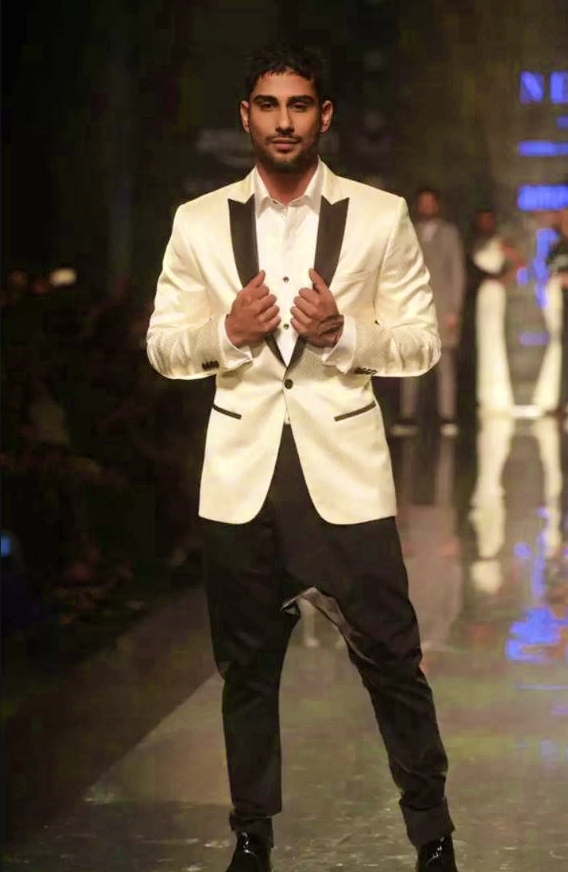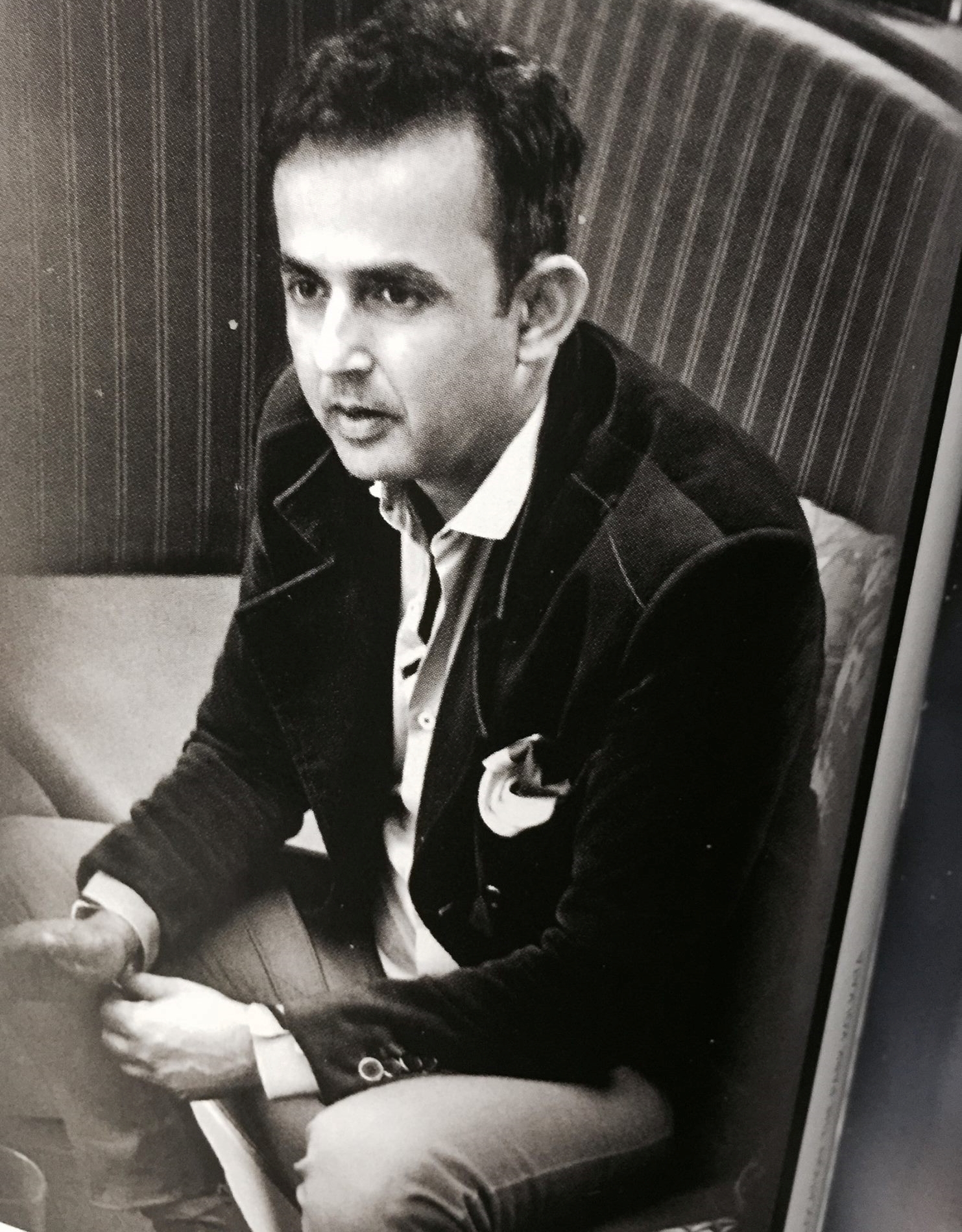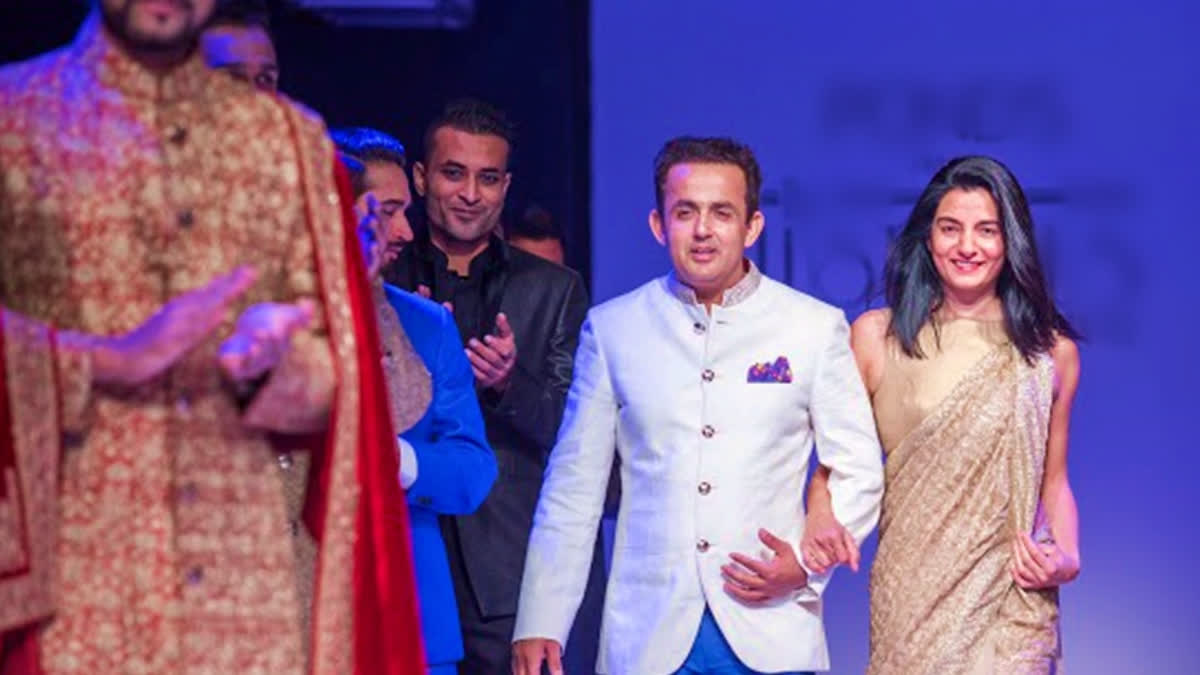Ratul Sood, one of India’s most influential menswear designers, has passed away at the age of 56, collapsing on a golf course mid-game in south Kolkata's Tollygunge.
Menswear Designer Of Repute
Known for his sophisticated yet approachable style, Sood’s sudden death has left a deep void in Indian fashion. He was a man who brought couture sensibilities to menswear. His clientele, many of whom were top CEOs, actors, and cultural icons, appreciated that wearing Sood didn’t feel like wearing a brand. It felt like wearing something tailored just for you, reflecting a personal sense of style rather than one dictated by trends.
To understand Sood’s impact, you have to appreciate the almost alchemical balance he struck in his work. Fabrics that seemed handpicked by history itself, cuts that honoured the wearer’s form. However, he was not a designer who sought the spotlight. Instead, he let his clothes do the talking.
A Legacy in Quiet Luxury
In the 1990s, when Ratul began his career, Indian menswear was largely functional, erring on the side of plain. Fashion for men, particularly in formalwear, was an afterthought in an industry dominated by women’s couture. Sood didn’t just introduce a new style. His designs were some of the first in the country to embrace European tailoring techniques while infusing them with desi flair.

His pieces appealed to the businessman who travelled between Kolkata, London, and New York and needed a wardrobe that could transition seamlessly across cultures. His suits were sharply tailored, subtly accented with heritage fabrics, and punctuated with colours that ranged from earthy, muted tones to deep, expressive blues and maroons. Ratul had a profound respect for the suit, often saying that a well-made suit "didn’t need much to be interesting, it just needed to fit.”
Sood was the maestro of what fashion insiders now call “quiet luxury.” There were no excessive embellishments, just elegant cuts, refined colours, and quality you could feel before you touched the fabric. He was uncompromising about materials, sourcing the finest cashmere, wool, and linens, often pairing them with indigenous Indian fabrics like khadi, jamdani, or silk. His appeal lay in making these disparate elements blend into a style that was both universal and distinctly Indian.
Signature Style
In Kolkata, where Sood and his wife Kommal opened his flagship store, they created not just a retail space but a sanctuary for sartorial elegance. The store was set up in a way that felt more like a private club than a showroom. Dedicated exclusively to menswear, the store was one of the first of its kind in the city. Sood would often be found there, not as an untouchable fashion mogul but as a quiet host, subtly guiding clients through their choices.

Sood’s “Heritage Line” was a tribute to classic Indian fabrics, crafted into tailored Western suits. Think of a classic tuxedo in deep indigo, made with raw silk, or a bandhgala jacket in a richly textured brocade, paired with Western-style trousers. He was fearless with colour, never shying away from deep teals, rich wines, and vibrant but earthy tones that suited the Indian male complexion.
One of his most popular designs was the “soft shoulder” suit, a style that combined the structured silhouette of a classic suit with a softer, almost relaxed shoulder line. This became a hit among younger clients who wanted to look formal without feeling overly stiff or traditional. Sood’s style showed that you could be formal without sacrificing comfort.
The Man Behind The Designs
Beyond his work, Ratul was a man of warmth and humour, an anchor for those around him. He had a genuine curiosity about people, which translated into his ability to design clothes that felt personal. He could tell if you were someone who liked an extra ticket pocket on your blazer, or if you’d prefer a softer cuff on your trousers. His friends describe him as unassuming yet formidable, a man who didn’t just walk his talk but, rather stylishly, strolled it. He carried his successes lightly, remaining humble and approachable in the fashion industry that's not always known for either.
Ratul Sood’s passing is not just a loss for Indian fashion but for all those who believe in the art of quiet, thoughtful craftsmanship. As his legacy continues, his pieces will live on in the closets of those fortunate enough to have owned them. His life was cut short, but his impact on Indian fashion will endure, as enduring as his belief that elegance is, and always will be, an art.



